Many began as pagan gatherings that welcomed spring; under Christian influence, they morphed into a last hurrah before Lent, the six weeks of abstinence and reflection before Easter. For many of the most colourful customs, the original meaning has been lost in time – but logic should never get in the way of a good party. Here are some unforgettable locations to embrace carnival spirit.
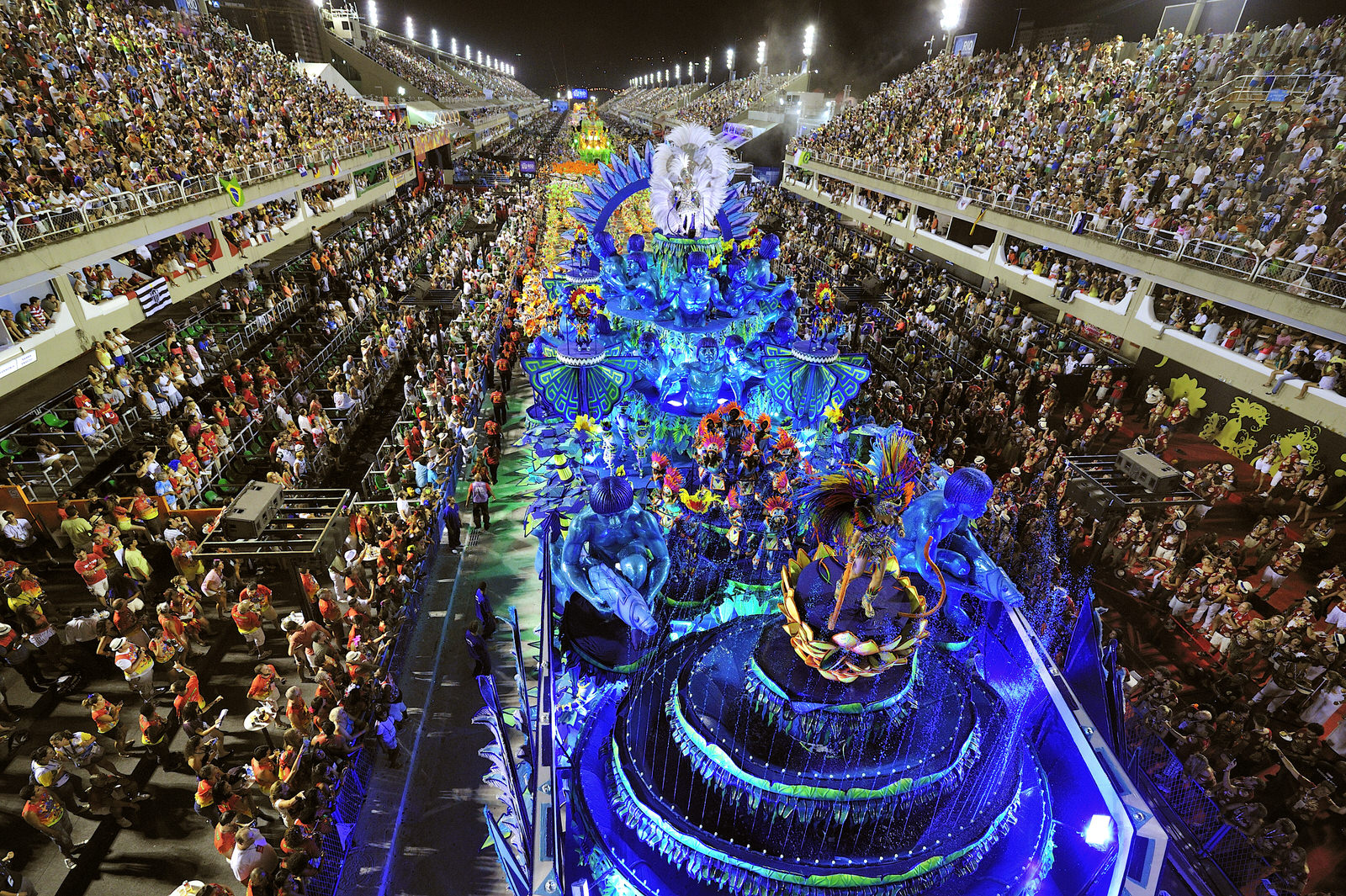
During each day of Rio’s carnival, the biggest on Earth, more than two million people samba through the streets. Many visitors simply hurl themselves into epic street parties that flow around the city. But the most dazzling events are the phenomenally choreographed Samba Parade and the nightly balls help arrange tickets, hotels and costumes.
This year: 5-10 February 2016
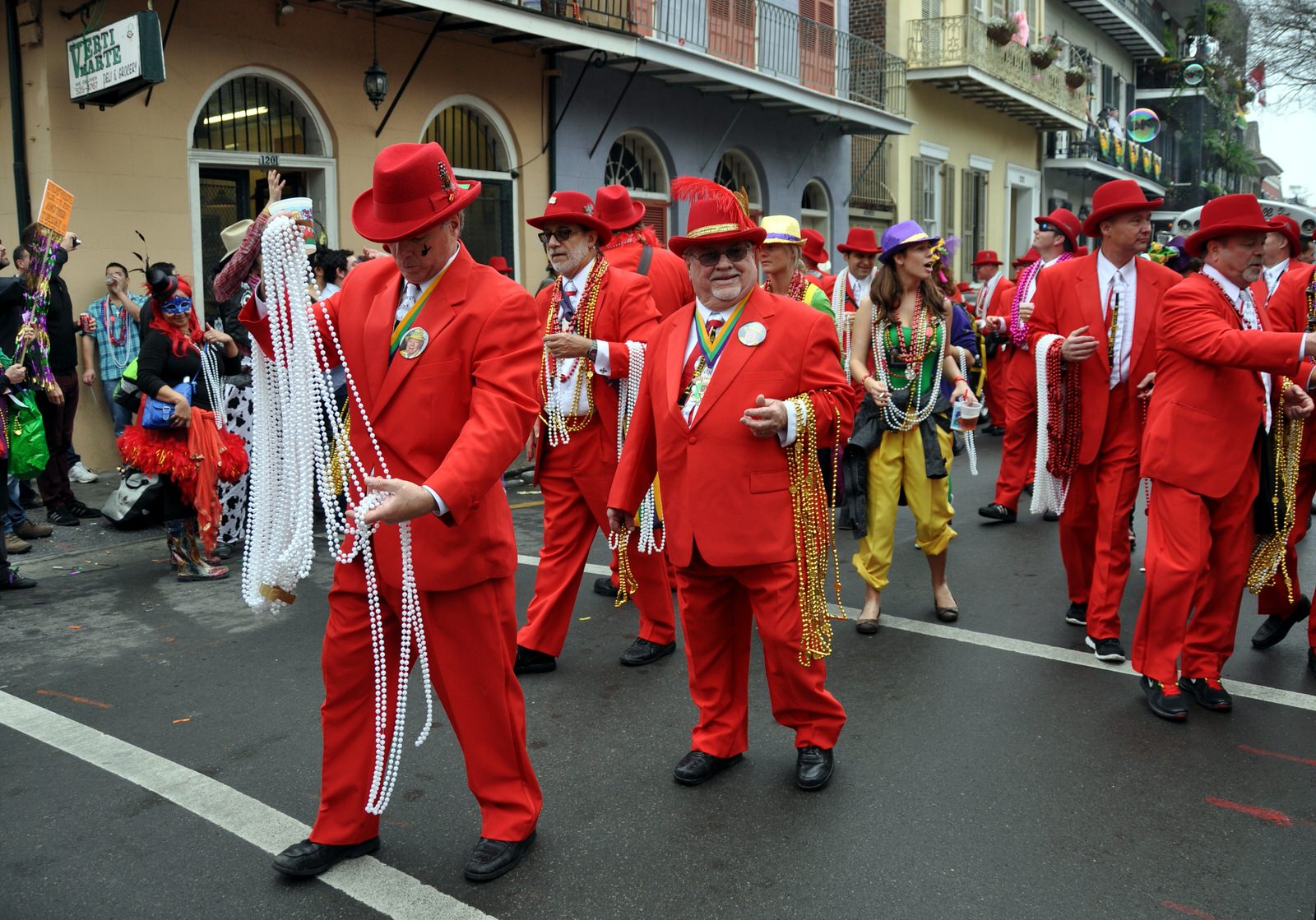
Bourbon Street, in the charismatic French Quarter, anchors some of the most risque fun in the Big Easy’s notorious carnival. Expect costume competitions honouring bold feats in leatherwear, and revellers swapping strings of beads for an eyeful of bare skin (not mandatory, we hasten to add). You won’t (always) need to cover the kids’ eyes: the parade ‘krewes’ Uptown tend to lead colourful, family-friendly fun. Get an energy boost from ‘king cake’, a psychedelic cinnamon-dusted confection; if your slice contains a plastic baby, the next cake is on you.
Make it happen: weeks of January parades reach a climax on Mardi Gras (‘Fat Tuesday’, the day before Ash Wednesday). Plan with a little help from mardigrasneworleans.com.
This year: 9 February 2016
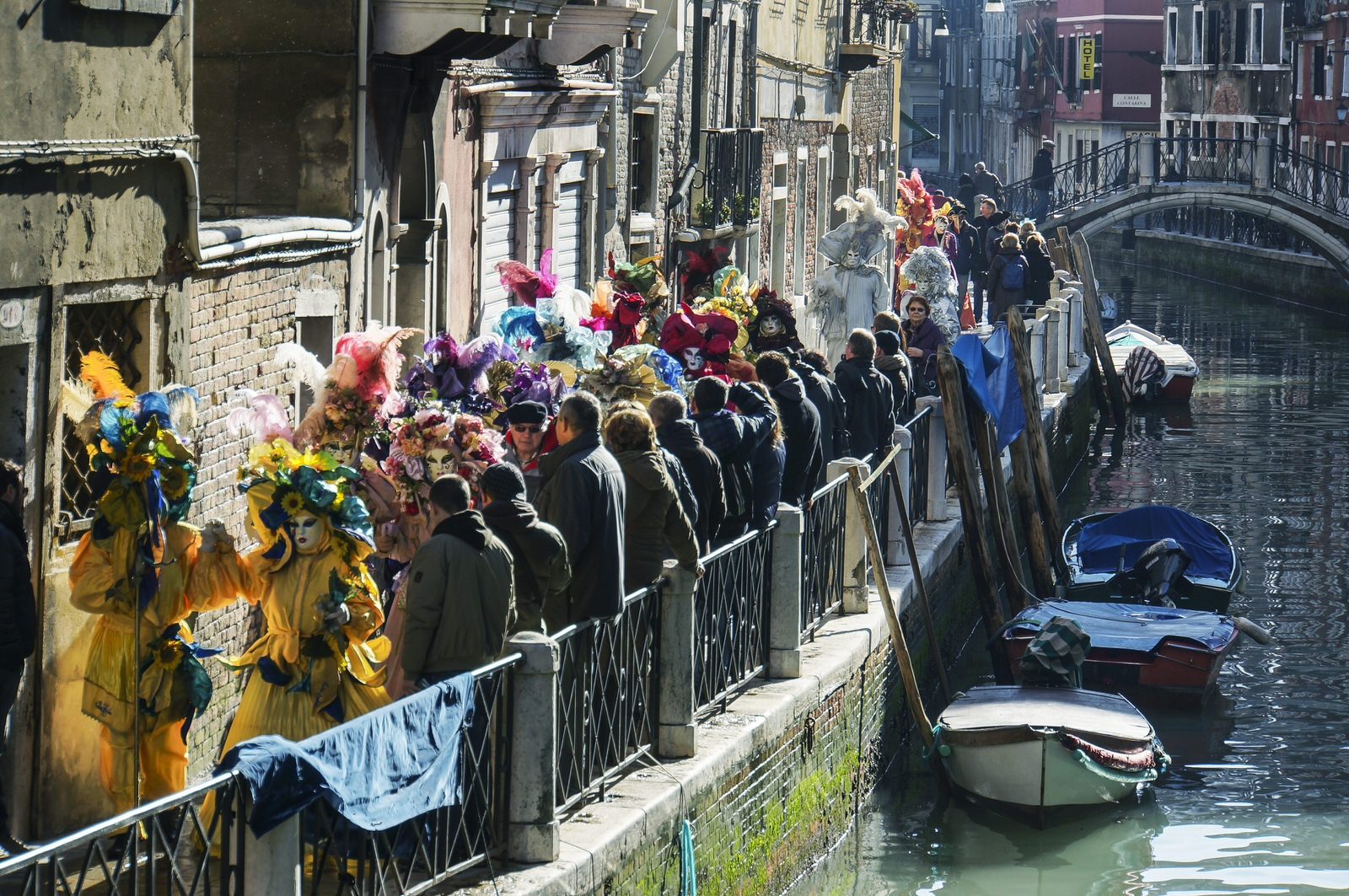
No carnival subverts the everyday quite like Italy’s canal city. Venice’s iconic carnevale masks have a long history: for centuries they afforded citizens a guise under which to anonymously indulge their vices. Grab a mask and sashay over to headline events like the Doge’s Ball and the Grand Masquerade Ball (extravagant enough to warrant the steep ticket prices). Otherworldly highlights include the Volo dell’Angelo (Angel’s Flight), in which a beauty contest winner soars by zipwire, and costume contests, all taking place in St Mark’s Square. Energise with some frittelle di carnevale, fried pastry balls, just don’t get crumbs on that lavish ball gown.
Make it happen: carnival season tends to run from two Saturdays before Ash Wednesday, culminating on Fat (Shrove) Tuesday. See more on carnevale.venezia.it.
This year: 23 January to 9 February 2016
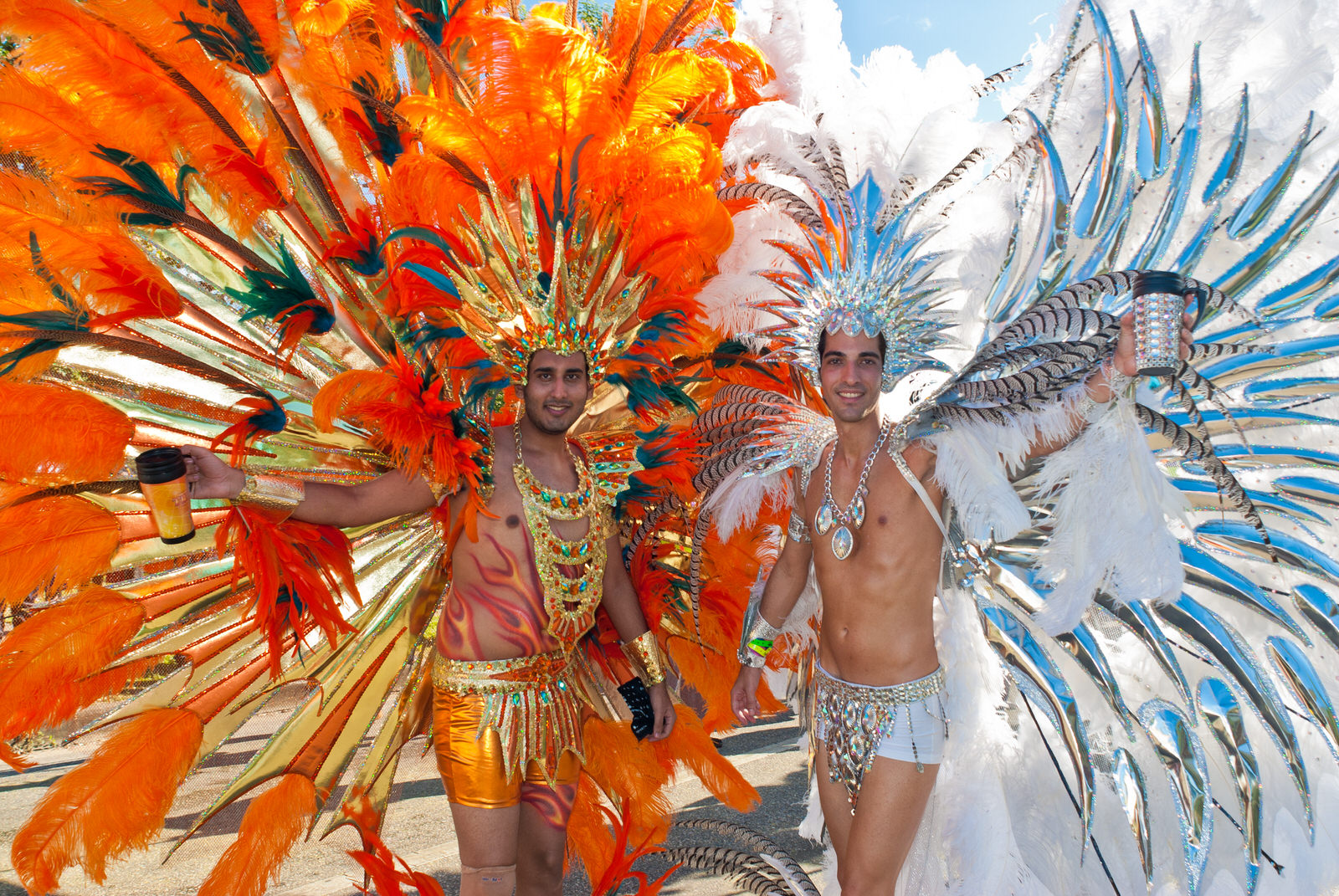
Carnival on the island duo Trinidad & Tobago has a subversive history. Festivities originated with slaves creating a parody of white settlers’ masked balls, mocking colonial authority. After slavery’s abolishment in 1834, carnivals grew ever more lively: today you can expect limbo competitions and a cast of carnival characters including verbose Pierrot Grenade, beret-wearing Sailor Mas, bats, dragons, clowns galore and ‘jab jab’, the Devil himself. Listen out for thrilling lyrical improvisation of T&T’s extempo calypso style, with the best competing to be ‘Extempo Monarch’.
Make it happen: parades strut around the island in the two days before Ash Wednesday; learn more on ncctt.org.
This year: 8-9 February 2016
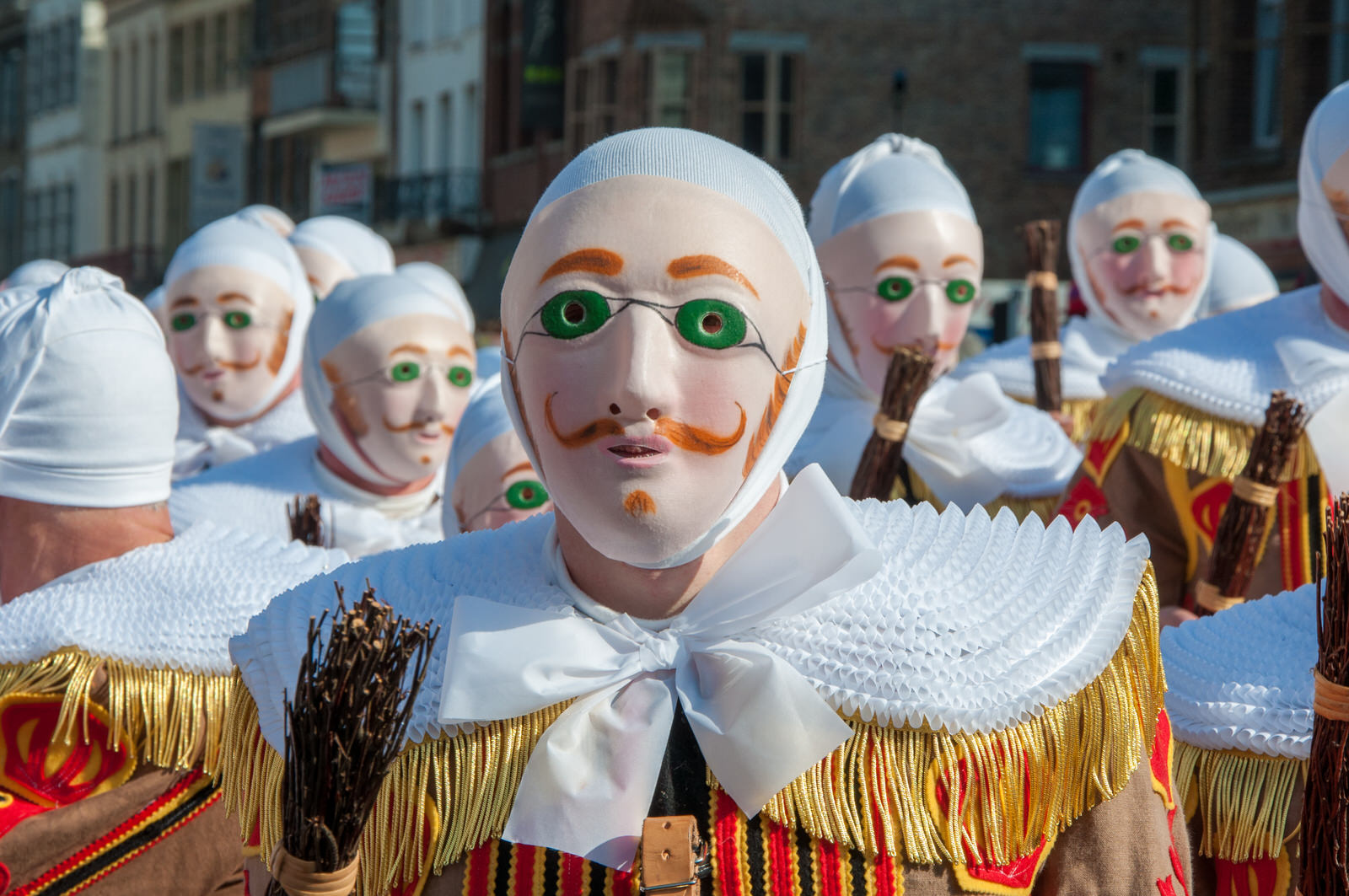
Identical, pin-eyed figures flood the streets of Binche during carnival. It’s not as nightmarish as it sounds: this Belgian town has one of Europe’s most unmistakeable carnival figureheads, the ‘Gille’. His ginger facial hair, green glasses and straw-padded suits have murky origins, but the costume is revered, protected and off limits unless you’re a local. Festivities reach fever pitch on Shrove Tuesday’s morning procession: twigs are brandished to ward off evil, oranges thrown (catch them for luck), and torches held aloft. By nightfall, masked participants with ostrich feathers head to Binche’s Grand Place for a big bonfire.
Make it happen: the weird and wonderful display takes place over three days before Ash Wednesday; find more info on carnavaldebinche.be.
This year: 7-9 February 2016
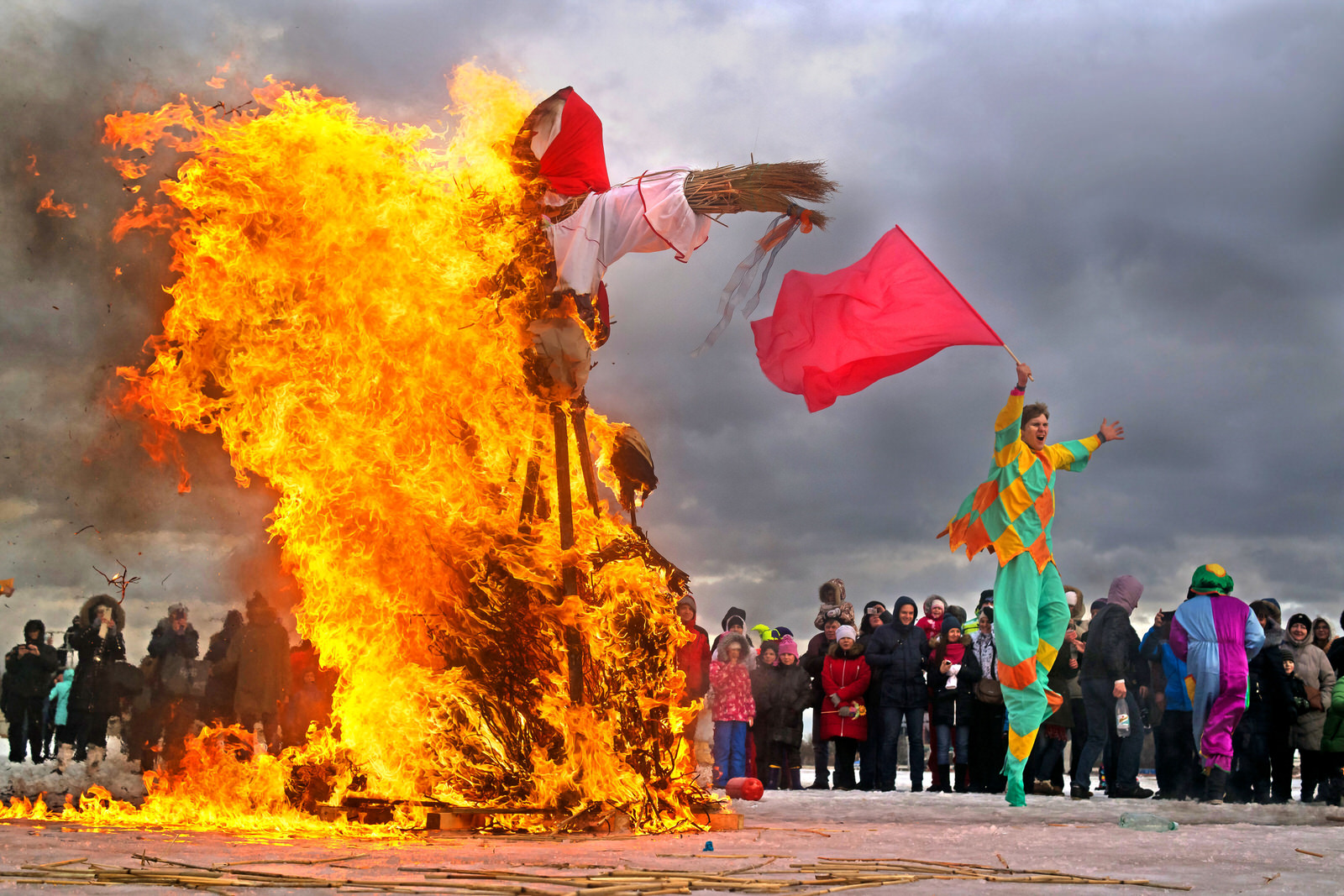
Numerous European countries enjoy a pancake blowout on Fat Tuesday. But no culture fries up a storm quite like the Russians, whose ‘butter week’ before Lent involves bumper quantities of bliny. Maslenitsa has its origin in a Slavic pagan festival of the sun; circular pancakes are thought to be a nod to this. Sledding and snowball fights pass time between bliny binges, while an effigy of ‘Lady Maslenitsa’ is paraded through the streets and eventually set aflame. Moscow’s Red Square is a focal point for live music, dance and plenty of pancakes. Forgiveness and family ties are core themes, so you’ll see locals happily strolling in the snow or ice skating in Gorky Park.
Make it happen: a week of gaiety precedes the effigy-burning, which takes place eight weeks before Pascha (Orthodox Easter Sunday).
This year: 6-12 March 2016
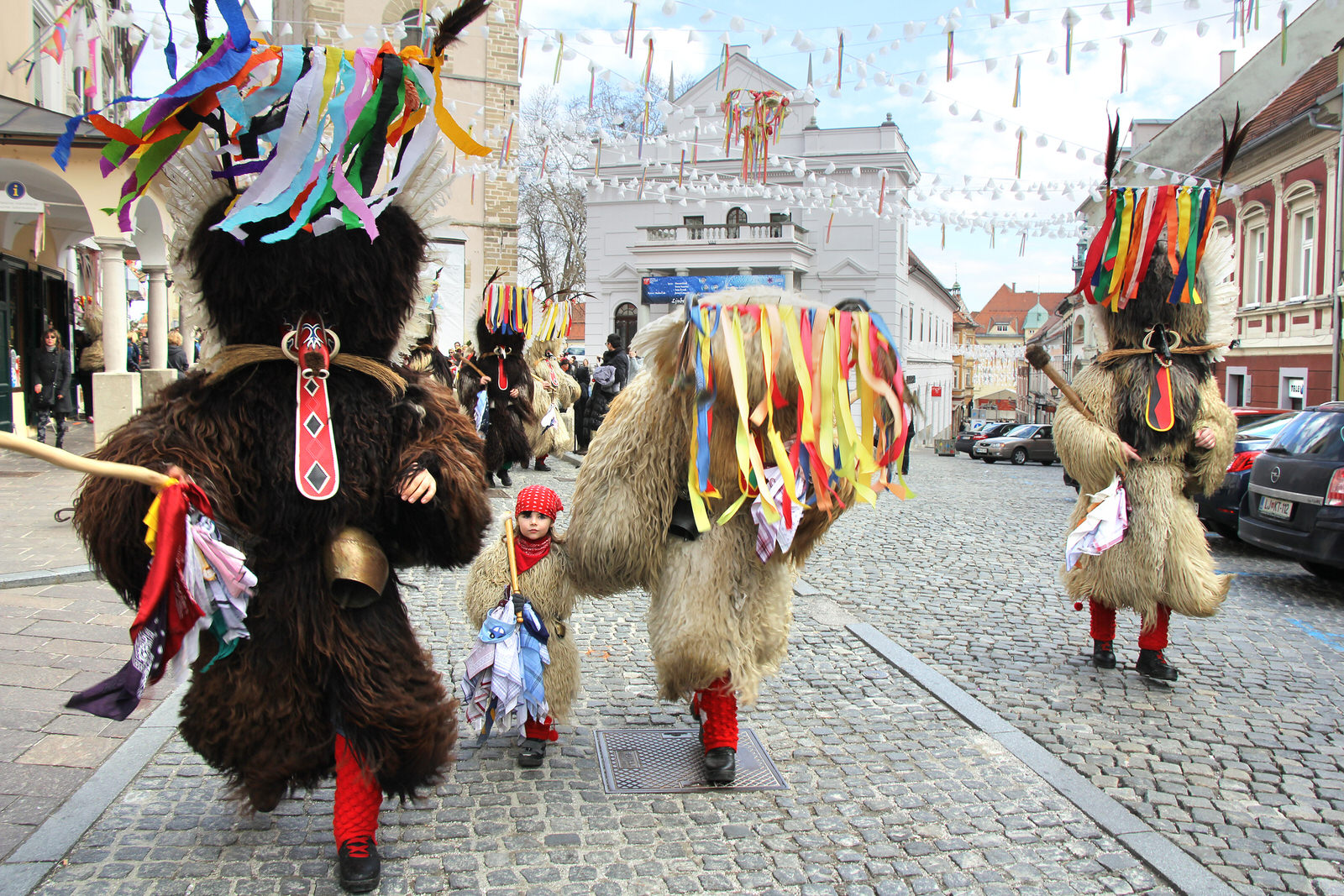
Pagan elements are also strong in northeast Slovenia. Locals wear masks and sheepskin – a nod to Kurent, an ancient hedonism god – forming the hairiest procession around. This shaggy troop treads the streets of Ptuj, ringing cowbells to scare away spirits and wagging long leather tongues. More than 100,000 people turn out to watch the bell-ringing, hair-tossing display. Meanwhile children dive out of the way of a demonic figure who wields a net for seizing young souls.
Make it happen: Kurentovanje is a week-long event ending with Shrove Tuesday. Learn more on kurentovanje.net.
This year: 2-9 February 2016
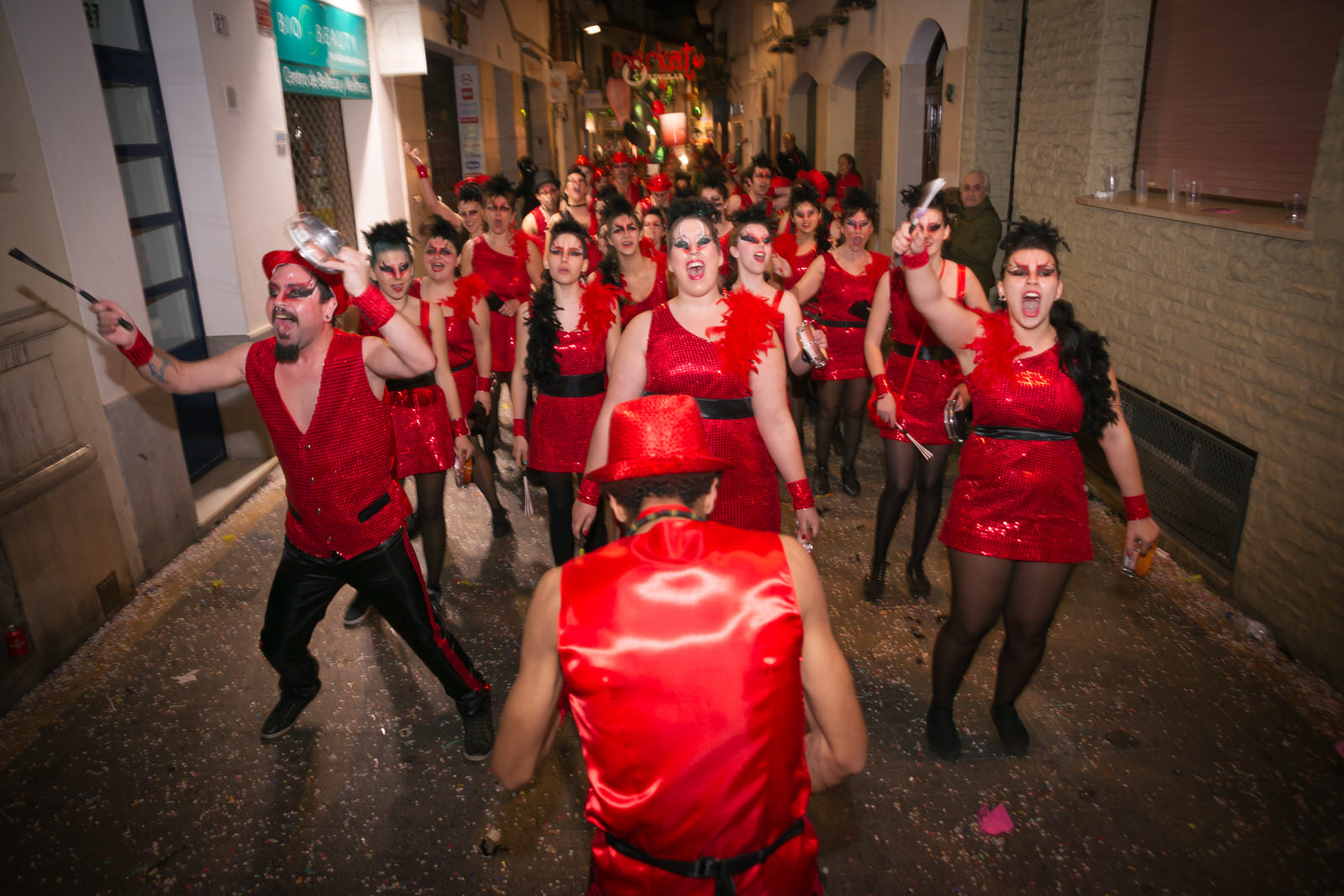
Catalan carnaval traditions are among Europe’s most distinctive. In Solsona, a history of animal-dangling has left locals nicknamed ‘donkey-killers’. Vilanova i la Geltrú celebrates with bone-chilling costumes and meringue fights. But free-spirited Sitges, adored across Europe for its beaches and gay clubs, draws the merriest crowds. Don’t miss Noche de las Mantillas, an excuse to dress up in traditional Spanish costume (drag encouraged), the Rua de la Disbauxa (‘Debauchery Parade’, as messy as it sounds), and the symbolic burial of a sardine. Keep the party going in clubs along Carrer del Pecat (‘Sin Street’).
Make it happen: a week of parties leads up to Ash Wednesday; learn more on carnavaldesitges.com.
This year: 4-10 February 2016
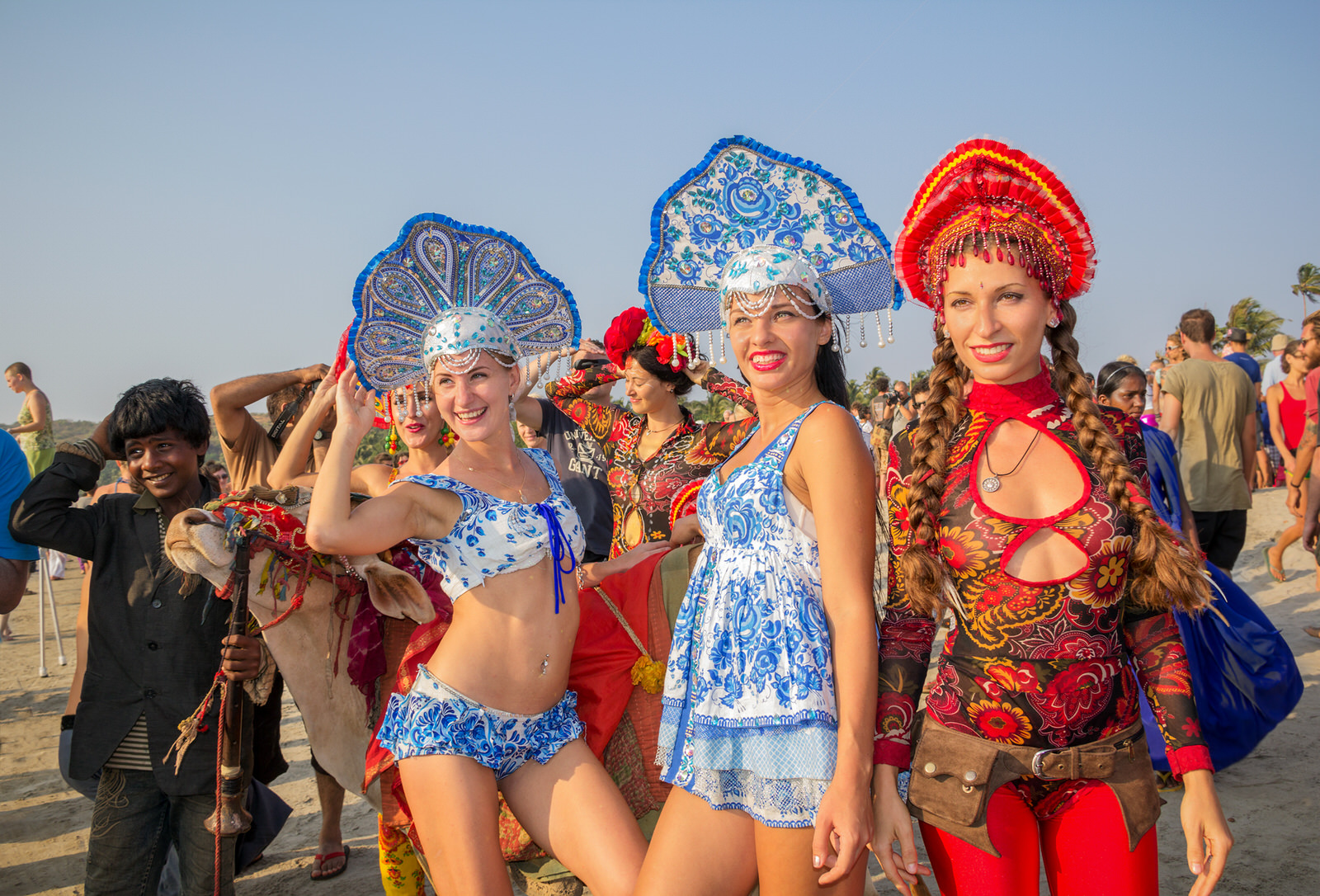
Even after the crumbling of the Portuguese Empire, European flavours remain strong in its former outposts. The Portuguese brought Christianity to Goa in 1510, and their culture continues to tint carnival celebrations here. Under colonial rule, slave labourers and their masters swapped roles. These days Goa’s carnival is a mash-up of feathered costumes, fire-breathers and acrobats, with some of the Hindu pantheon thrown in; find the best parades in state capital Panaji. Indian and Portuguese cuisines feature heavily, with street food stalls and cookery competitions; just follow the robust scent of feijoada, mingling on the breeze with Goan seafood curry.
Make it happen: this four-day fiesta ends on Shrove Tuesday but the timing of carnival festivities can vary; check ahead. It’s an open-air knees-up with no tickets required.
This year: 6-9 & 14-17 February 2016
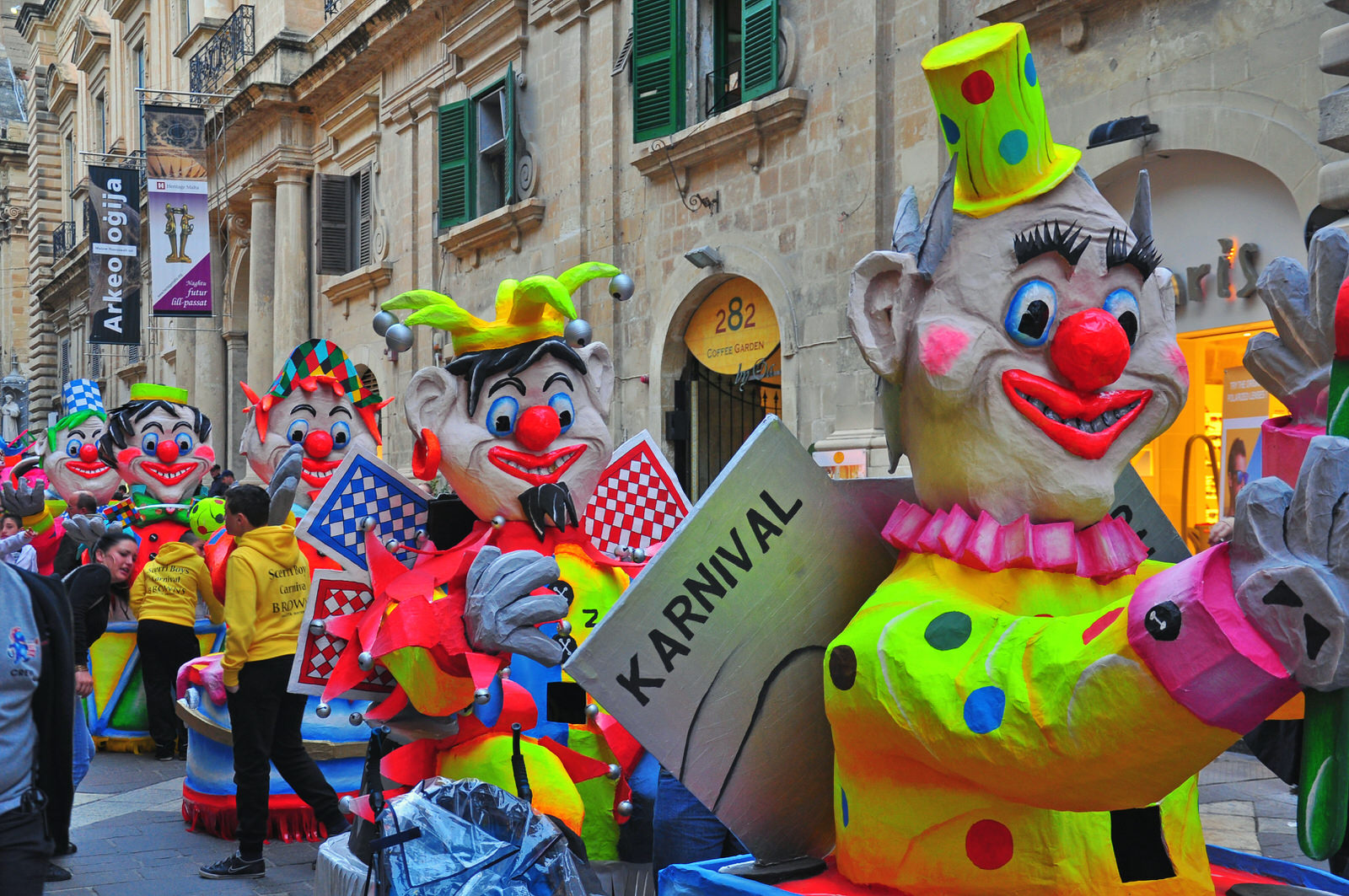
Contrasting festivities unfold on Malta and Gozo. In the tiny Maltese capital Valletta, floats coast through the narrow streets and revellers keep energy levels high with copious sugary treats like prinjolata, a sponge cake slathered in cream and candied fruit. A ferry ride away on Gozo, a spookier mood takes hold: the town of Nadur plays host to a more spontaneous carnival in which gory or dark folklore costumes are essential, from black-clad witches to hooded gnomes, mermen and skeletons.
Make it happen: festivities occur in the five days before Shrove Tuesday; get details from www.visitmalta.com/en/carnival.
This year: 5-9 February 2016